Intifada: A Third Chapter
By RAMZY BAROUD
Though the dust has settled in Gaza, the rubble from the untold number of demolished buildings, homes and mosques is far from being cleared away. Graves continue to receive victims, young and old alike, from Israel’s most recent offensive. And in the midst of this, with the hopes of some respite and recovery on the horizon, rumors of a third Intifada swell among politicians, scholars and everyday people alike.
While the first and second Palestinian uprisings were spontaneous and natural responses to institutionalized injustice, and while they fostered a great sense of community and brotherhood among Palestinians everywhere, the many years of uprisings mark some of the most painful years in Palestinian history.
It’s not easy to isolate specific dates and events that spark popular revolutions. Genuine collective rebellion cannot be rationalized through a coherent line of logic that elapses time and space; it’s rather a culmination of experiences that unite the individual to the collective, their conscious and subconscious, their relationships with their immediate surroundings and with that which is not so immediate, all colliding and exploding into a fury that cannot be suppressed.
The eruption of both the first and the second Intifadas cannot be faultlessly explained by one individual, for it meant different things to different people. It was a popular and spontaneous retort to the injustice and the humiliation felt on a daily basis by Palestinians living in the Occupied Territories. But also, it was a bold declaration made collectively that Palestinians will struggle until freedom is finally achieved.
There are several factors that have led many to believe that a resumption of the uprising, or a third Intifada, is simply the natural response to the current situation on the ground. Mass arrests, unjust imprisonment of people denied the right to a trial and extrajudicial executions are some of the many cruelties imposed on Palestinians that have pressed them to revolt or reignited their ongoing rebellion.
But some of the most contentious issues throughout the years have been the crimes of house demolitions, settlement construction in the Occupied Territories and the increasing number of settlers moving into those ever-growing settlements.
In a recent interview with Ma’an news agency, the Palestinian Authority’s governor to Jerusalem warned that the planned demolition of 100 Palestinian homes and the displacement of nearly 1,000 people in the occupied Jerusalem area would certainly increase the growing possibility of a third Intifada. "It is now clear to the international community, and our position within the Palestinian Authority is very clear – no negotiations, no peace process with settlements," he stressed.
There is a great fear that the Israeli plan, which some have described as "slow-motion ethnic cleansing", is now augmenting into a fast-paced settlement project. These worries have been confirmed by the Israeli "Peace Now" movement, in a press release, issued on March 2.
"The Ministry of Construction and Housing is planning to construct at least 73,300 housing units in the West Bank," Peace Now reported. It further stated that the plans outlined in the Israeli Ministry of Housing report "represent only a small part of the total number of the plans existing in the settlements".
"At least 15,000 housing units have already been approved and plans for an additional 58,000 housing units are yet to be approved," said the group, which also concluded that of the units already approved by the Israeli government, nearly 9,000 have been built. "If all the plans are realized, the number of settlers in the territories will be doubled."
It follows that the construction of thousands of units will lead to permanent demographic realities in the West Bank that would strongly impede any possibility of Palestinian statehood, according to the standard "vision" of a two-state solution.
The new illegal units are built on stolen land, illegally confiscated from their rightful Palestinian owners. With such a move, Israel purposely renders the so-called two-state solution permanently incapacitated, while insisting that a one-state solution is the equivalent to the "annihilation" of the Jewish state. Israel is once again molding the very desperate environment that led to the revolts of 1987 and 2000, at the cost of thousands of lives.
So, what is a nation to do under such circumstances? Can stone throwing, general strikes and boycotting Israeli products deter such a scheme? More, what is the responsibility of the free world in this conflict? Will they sit by, as they did in the recent and tragic attacks on Gaza, and view the crimes from afar? Will they again expect Palestinians to bear down and endure such harsh and cruel realities, or will the onset of yet another popular revolution come as no surprise?
As for two generations of Palestinians who lived through the first and second Intifadas, scribing rebellious graffiti, hurling stones at occupying soldiers and refusing to buy the Israeli products that were imposed on them (while impeding the growth of Palestinian local industry) may not have unshackled a hostage nation.
Indeed, it may not in the future, but a third Intifada, in the eyes of many, could accomplish one vital task. It could provide the platform for the Palestinians to reclaim their unity (despite the prevailing factionalism of today) and declare that they will struggle until the day when they finally embrace freedom. If this is all that a third Intifada accomplishes, in the eyes of many Palestinians, then it is certainly a necessary and worthy endeavor.
– Ramzy Baroud (www.ramzybaroud.net) is an author and editor of PalestineChronicle.com. His work has been published in many newspapers, journals and anthologies around the world. His latest book is The Second Palestinian Intifada: A Chronicle of a People’s Struggle (Pluto Press, London).



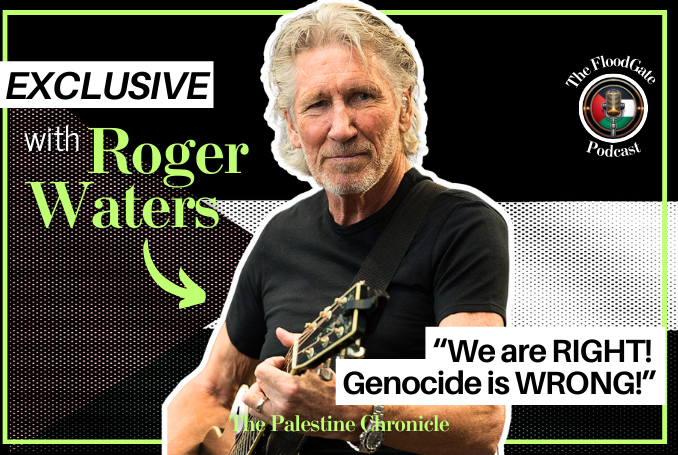

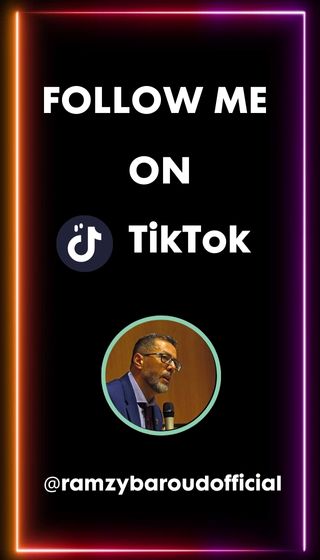












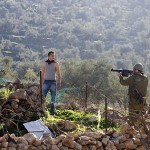

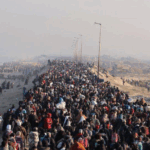









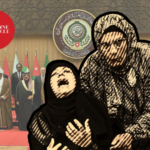











0 Comments